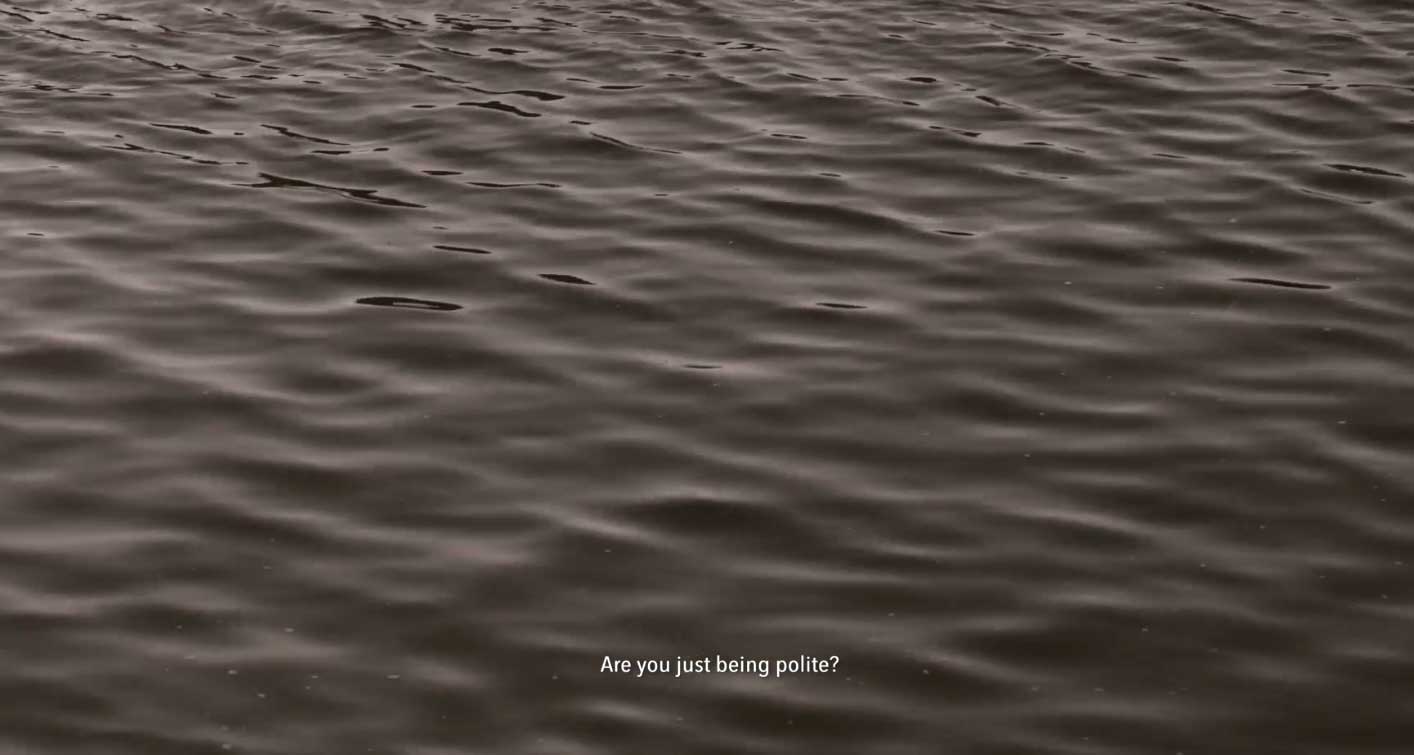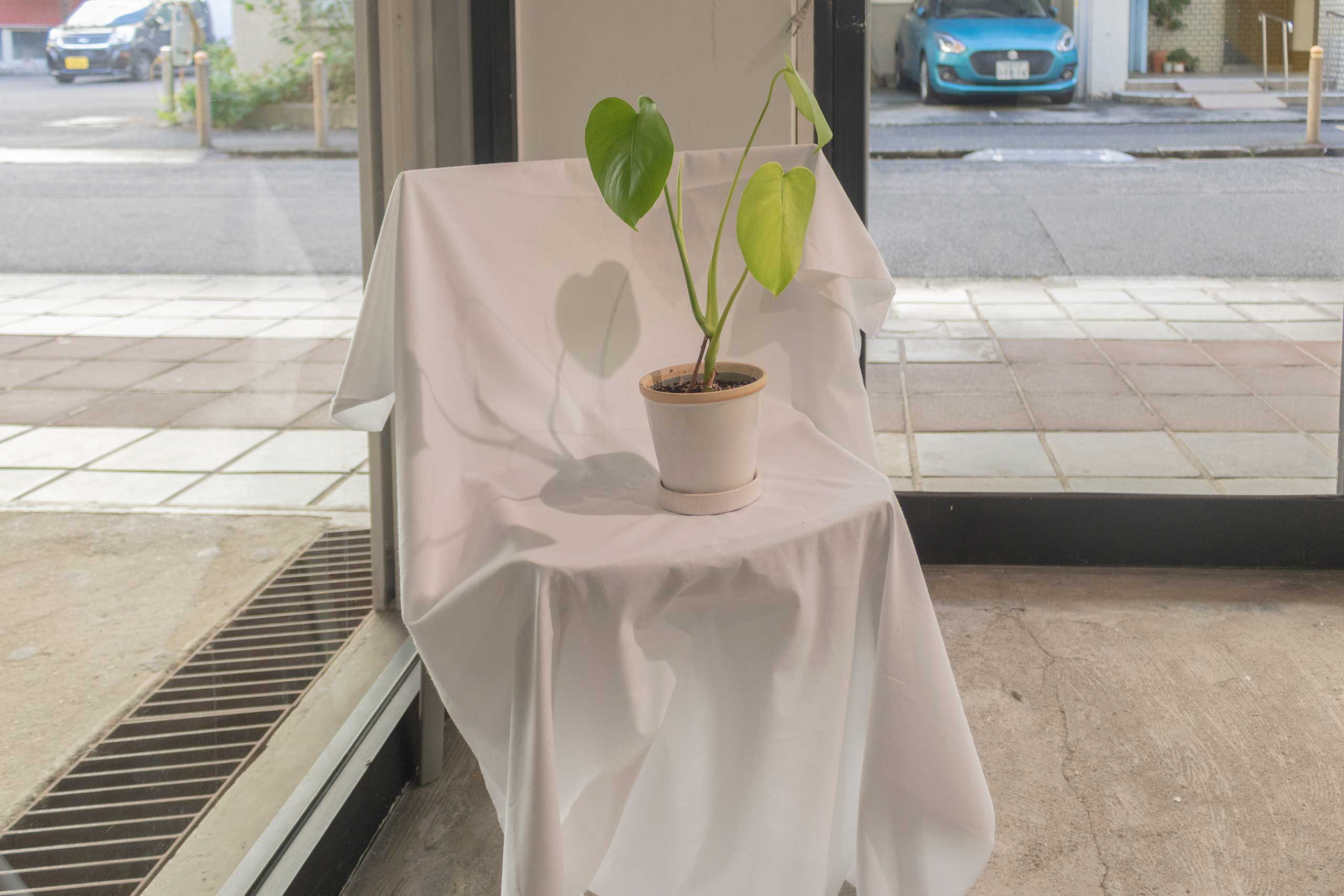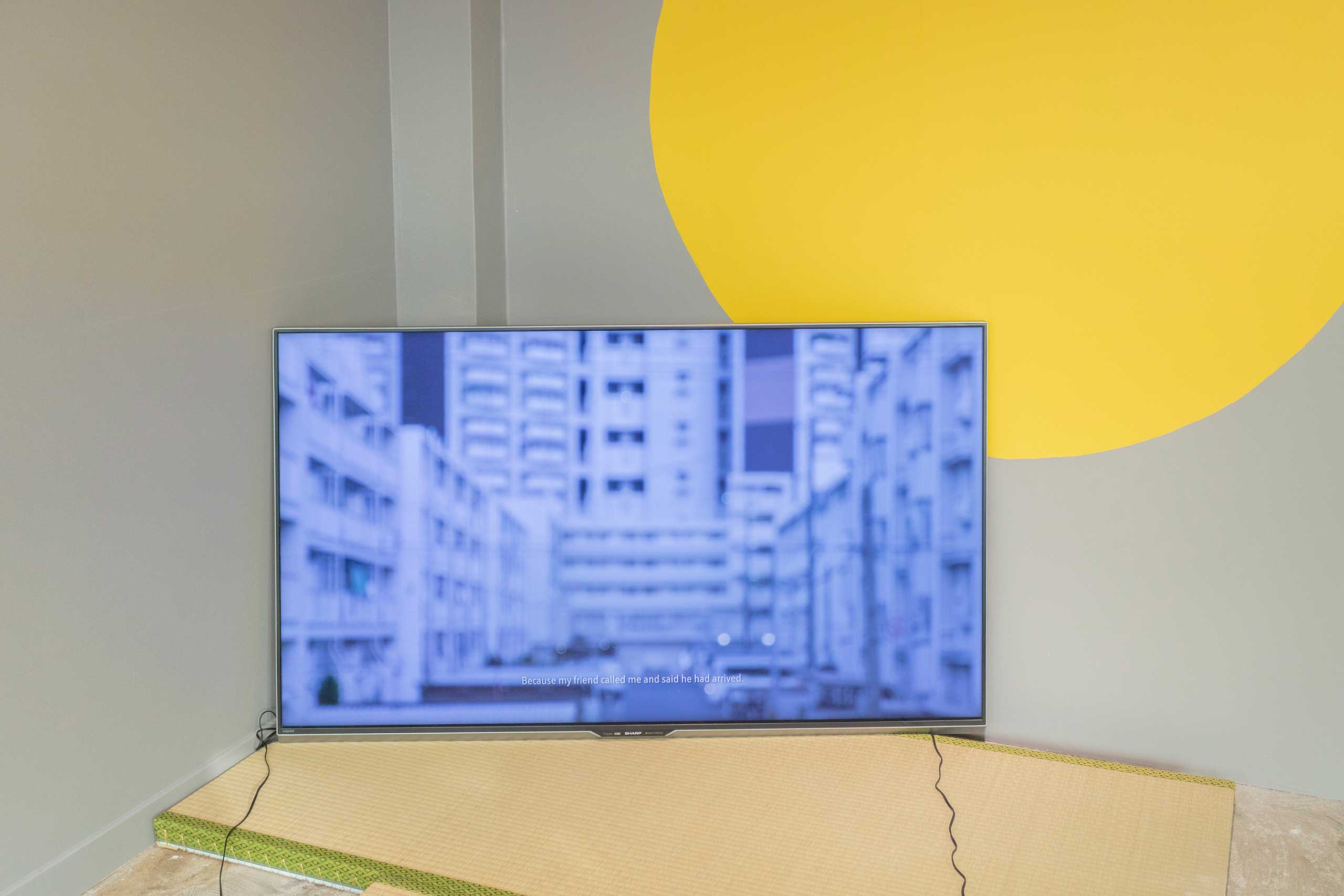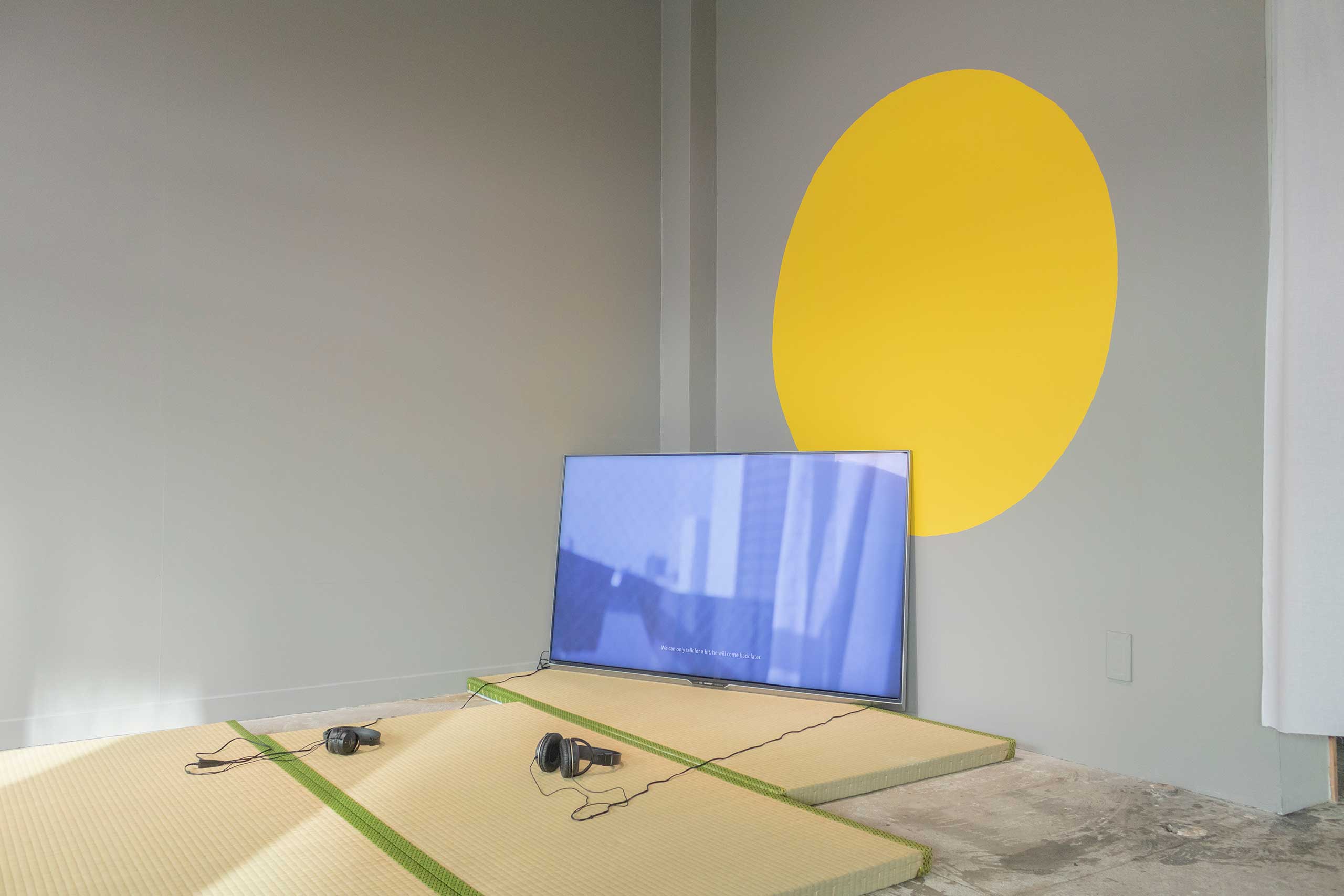Riverside Fireworks was shot and published in Hiroshima Motomachi in 2023. The Motomachi district, located adjacent to Hiroshima Castle, once housed military facilities. Only one kilometer from the A-bomb Dome, the area suffered devastating damage on August 6, 1945, and was later transformed into a temporary housing complex for bomb survivors. As people returned from Japan’s former colonies and newcomers arrived seeking jobs during Hiroshima’s post-war reconstruction, housing needs surged. Alongside the Ota River, which runs through the Motomachi district, illegal houses began to multiply. The worsening living conditions eventually earned the area the nickname “Atomic Slum.” The Motomachi high-rise apartments, Candy Bird’s primary shooting subject, were built in the late 1970s as part of a redevelopment plan to replace these inadequate dwellings. At its peak, the community housed up to 10,000 people, serving as a symbolic public housing complex during Japan’s economic growth period. Today, it reflects an aging population intertwined with diverse cultures, featuring well-known Chinese restaurants and old shops in the apartment complex’s shopping arcade.
The dialogue narration in the film is drawn from Motomachi residents of various nationalities and backgrounds, including Chinese men and women who came to Japan at different times for work, a Zainichi (Korean Japanese) man, and a Japanese woman. The film tells the story of a man and a woman attempting to reconnect after time has passed. However, as different actors portray the same roles, subtle variations in vocal tone and accent introduce ambiguity. This leaves viewers questioning whether these figures are the same individuals changed by time, or entirely different people from another era or world. Interwoven with lines of poetry, the film evokes Hiroshima’s wartime tragedies. Everyday scenes of Motomachi and detailed shots of ordinary rooms create a slightly blurred impression, even when the images are sharply in focus. This sense of vagueness seems to arise because these details reveal little about the people’s features or backgrounds. Even when buildings are shown, the shots use a natural perspective, avoiding overly wide angles that exceed the human eye’s view. Riverside Fireworks integrates the environment and history of Motomachi while crafting a mysterious, timeless world that resists easy interpretation.
Director:Candy Bird
Executive Producer:Mahora Project
Cinematography & Screen write:Candy Bird
Photography Assistant:王彬Wang Bin
Editing and post-production:黃令華Flora Huang Ling Hwa
Sound design:馮志銘Feng Chih Ming,陳婕希Chen Chieh Hsi
Reading:金本林珂Kanemoto Rinka,魏双斌Wei Shuang Bin,松尾亞希Matsuo Aki,権鉉基 Kwon Hyongi
Translate::呂孟恂Lu Meng Hsun,林立騎Hayashi Tatsuki
Curation & collaboration:石松紀子Ishimatsu Noriko,岩本史緖Iwamoto Fumiwo
Special thanks:Hiroshima City University,板井三那子Minako Itai,古堅太郎Taro Furukata




